Gems Unearthed: Discover the Best Stones for Your Jewelry Collection

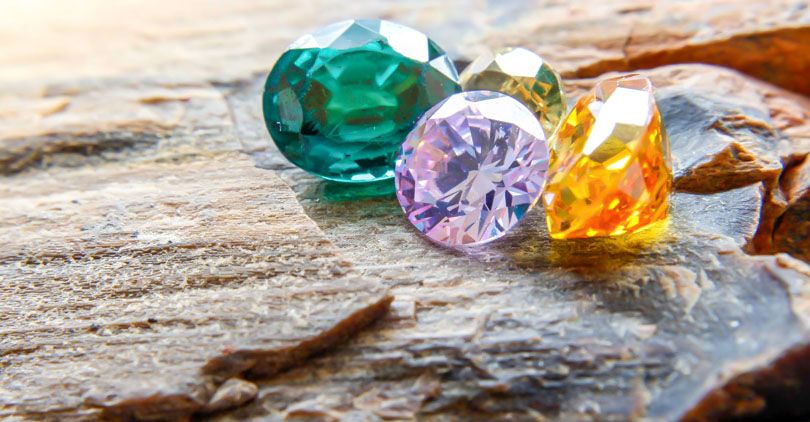
For centuries, people have been fascinated by gemstones. Today, jewelry lovers all over the world are still captivated by their shimmering colors, beautiful shine, and ever-changing tones. Gems don't lose their appeal over time – in fact, they're considered just as classic as ever.
But with so many types of gemstones available, how do you pick one that's right for your taste? This article explores the world of gems: from which ones sparkle most spectacularly to what they symbolize and why they're used in jewelry.
Whether fiery red rubies, deep blue sapphires, or brilliant diamonds sound intriguing, read on to discover more about these fabulous finds – plus many others. When you wear jewelry containing any of these gems, expect to look sophisticated and elegant!
Popular Gemstones
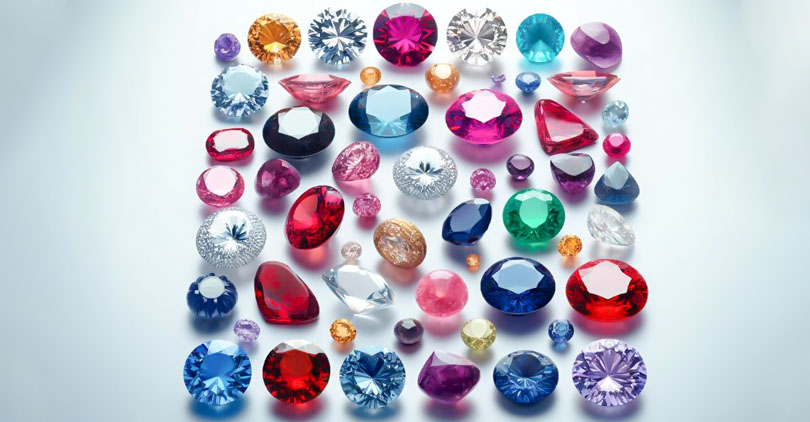
Gemstones have captivated people for years thanks to their beauty, rarity, and association with magic. Each type of gemstone is supposed to have particular qualities or beliefs attached to it – which is one reason why they make such special presents (that, and the fact that they're also beautiful!).
Let's take a tour through some world-famous gemstones, getting up close with them to find out what makes them unique:
Diamonds: Brilliance and Durability
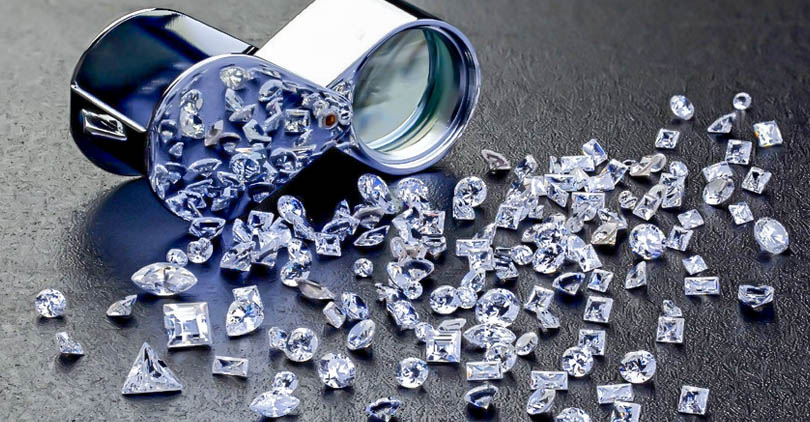
Diamonds are famous for being extremely bright and hard. They form when carbon is subjected to high heat and pressure. These gems reflect light so well that no other gemstone can compare.
Diamonds also rank 10 out of 10 on the Mohs scale of hardness, meaning they're very resistant to being scratched – a good quality for something you wear every day, such as an engagement ring.
People love diamonds because they stand for everlasting love and strength – making them romantic stones that never go out of style. When buying one, jewelers consider how it rates for color, clarity, cut, and carat (often called the four Cs).
A diamond's cut affects how sparkly it is. Clarity means if there are any flaws inside or out. Color ranges from D (best) to Z (least good: a bit yellowy), with totally colorless ones being top-dollar.
Rubies: Rich Red Hue

Rubies have a deep red color that shows passion and liveliness. The presence of chromium is what gives this gemstone its intense hue, which can be described as similar to the red seen in pigeon blood.
If a ruby has very few marks inside it, then the color will look even stronger – these rubies are extremely valuable because of this.
For centuries people in power like kings or queens, as well as fighters going into battle, have loved rubies since they stand for bravery as well as love and having lots of energy.
On the Mohs scale of hardness, they get a ranking of 9, meaning you can wear them every day without worrying too much about damage. However, really, top-quality ones don't come up often – which also goes some way towards explaining why they're so expensive!
Emeralds: Enchanting Green

The captivating green color of emeralds reminds one of fresh foliage and new beginnings because of the chromium and vanadium they contain.
These gems frequently have jardin — inclusions within them — but this is considered part of their natural beauty. Rebirth, love, and fertility are symbolized by emeralds.
Registering 7.5-8 on the Mohs scale of hardness, they need to be treated with care to avoid scratches. Those from Colombia are particularly prized for their exceptional color and clarity.
Sapphires: Versatile Blue
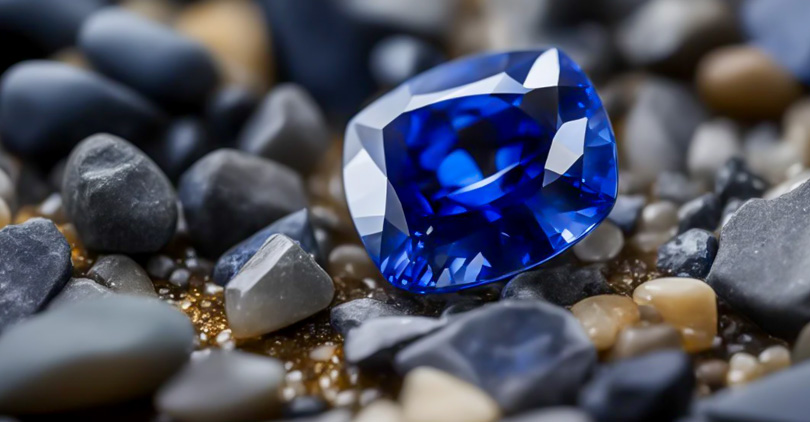
Sapphires come in many colors besides blue—pink, yellow, and green examples are also common. But the blue stones, especially ones with a velvety hue, eclipse all others in desirability. Iron and titanium give sapphires their mesmerizing cornflower blues.
Wisdom, loyalty, and nobility are symbolized by sapphires. At 9 out of 10 on the Mohs hardness scale, these gems withstand scratching better than almost any other substance—even steel wool doesn't make a mark.
Royalty tends to like sapphires, too. One example is the engagement ring Prince Charles gave to Princess Diana, which she passed on to Kate Middleton.
Pearls: Luminous Elegance
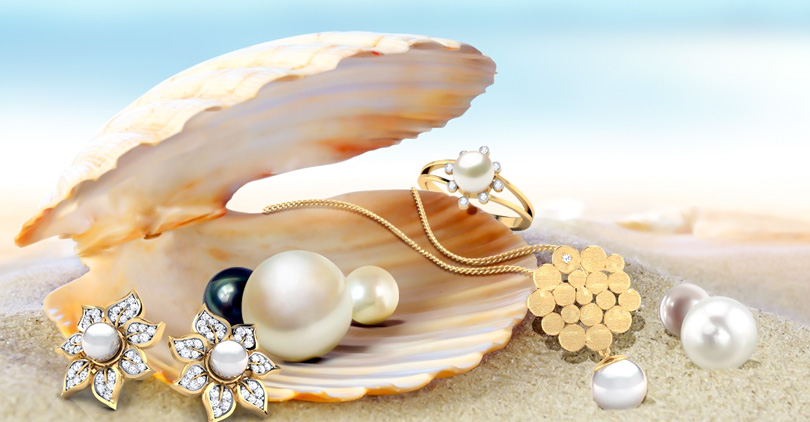
Unlike other gemstones, pearls are not mineral in origin. Rather, they are formed inside living creatures called mollusks. Prized for their smoothness as well as the way they reflect light with a gentle glow, pearls come in all shapes and sizes.
And they occur in a range of colors too, including classic white and cream as well as unusual shades like black or gold.
Pearls have long been associated with purity, humility and wisdom— which is one reason why they never go out of style. Jewelry lovers can wear these organic gems alone or strung with other pearls or combined with diamonds: think earrings, necklaces (perhaps worn layered), bracelets, and even rings.
Because they are created by living creatures, no two pearls are identical —which ensures jewelry containing these gems is always unique!
Lesser-Known Gemstones
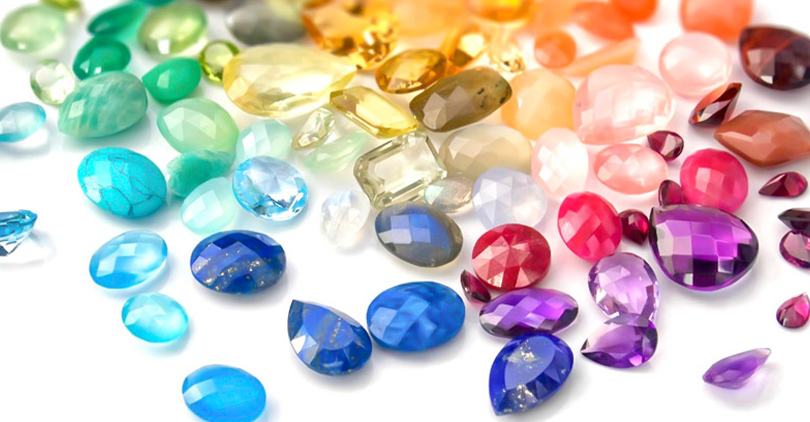
Did you know that there are gemstones beyond rubies, diamonds, and emeralds? And did you know that those gemstones can be beautiful and interesting, too?
If you want jewelry that's special and different from everyone else's, you might like to check out these hidden gems. Because they're gorgeous – and who doesn't love a secret superpower?
Tanzanite
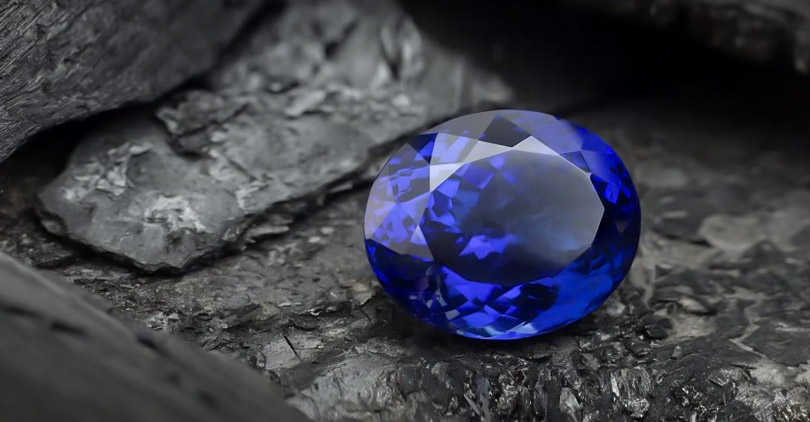
Found in the foothills of Mount Kilimanjaro, tanzanite is renowned for its stunning blue-violet coloration. In different lights, this gemstone can appear either vivid violet or deep blue - a quality known as pleochroism that few other stones possess.
With a hardness rating of 6. 5 to 7 on the Mohs scale, tanzanite is relatively soft and should be worn with care. As well as being beautiful, it is also rare. Tanzanite is found in just one place on earth, making it both exclusive and desirable.
Jewellery connoisseurs from around the globe seek out this gemstone for its unusual color as well as its scarcity factor. When they wear it, they know others will be captivated too.
Paraiba Tourmaline
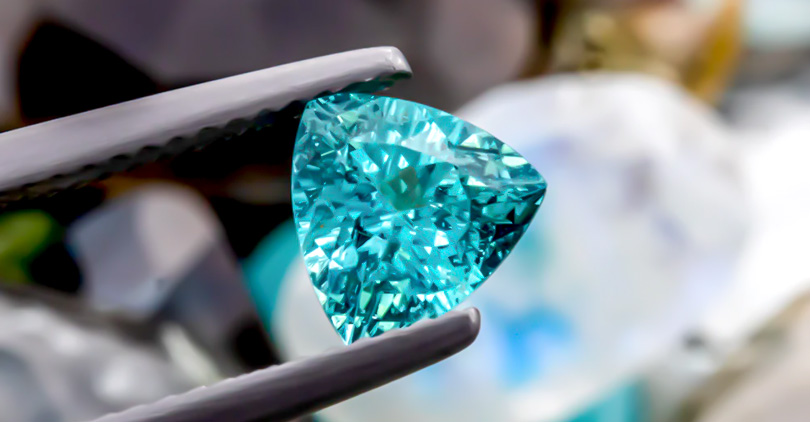
Paraiba tourmaline has a color like no other: a stunning blue-green that evokes the tropics, thanks to copper traces in the stone. When these gems were unearthed in Brazil's Paraíba state, their electric hue caused an international sensation.
But there's more to love about Paraiba tourmaline than its extraordinary color: It is also exceptionally rare - so much so that serious collectors and jewelry lovers will go gaga for it.
And because its hue is so intense - think neon rather than pastel - jewelry featuring Paraiba tourmaline is guaranteed to get noticed!
Alexandrite
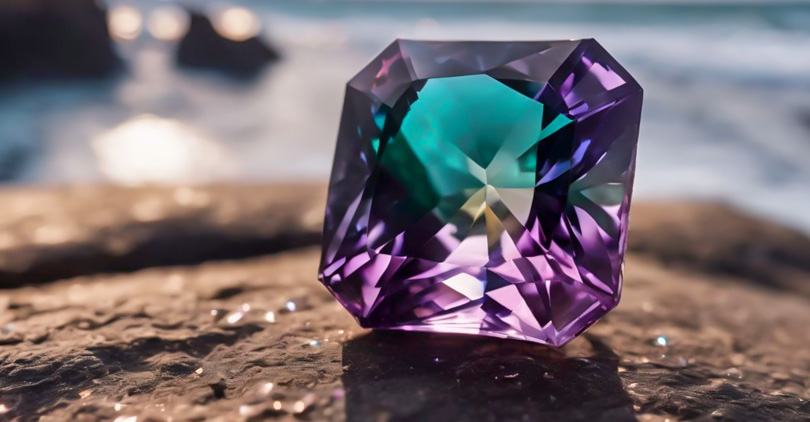
Alexandrite is well-known for being an extraordinary gem: it can appear green under sunlight and red under candlelight, a quality called pleochroism.
On the Mohs scale of hardness, it scores 8. 5 – which means it's tough enough for everyday wear in all types of jewelry. The gemstone was named after Tsar Alexander II and has a rich history. Some people think it brings good luck or predicts new romance.
It is extremely rare because not many places produce stones with both this color change and quality. For anyone wanting a look that's totally different, alexandrite is definitely one to consider!
Choosing the Right Gemstone
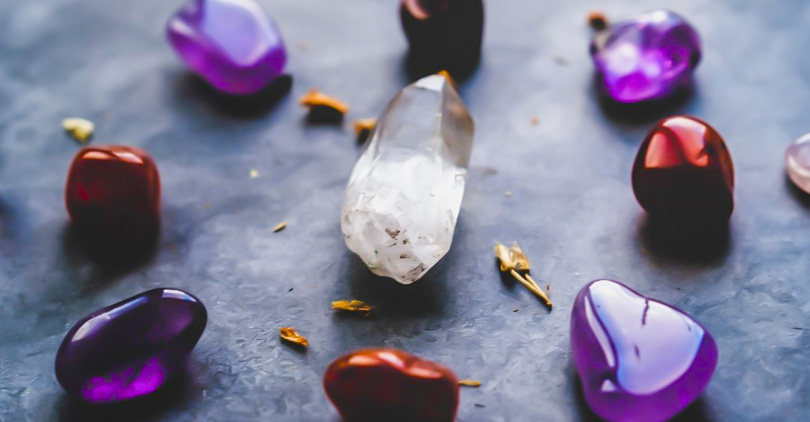
The ideal gemstone for you will depend on your budget, personal style, and intended use. This guide is designed to help you make an informed choice when selecting gemstones for jewelry.
Color
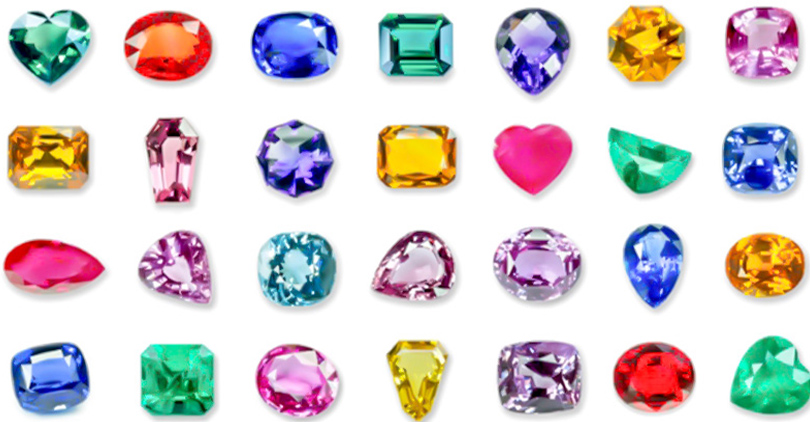
When it comes to gemstones, one thing you can't ignore is their color. If you like strong colors that catch your eye, think about rubies (which can be red-hot) or emeralds (for a green that's full of life).
For example, sapphires come in many different shades, so they're great if you want something flexible. Pick a blue one to go with jeans on Friday night, for example, or choose pink or yellow sapphires to match your favorite dress!
Hardness
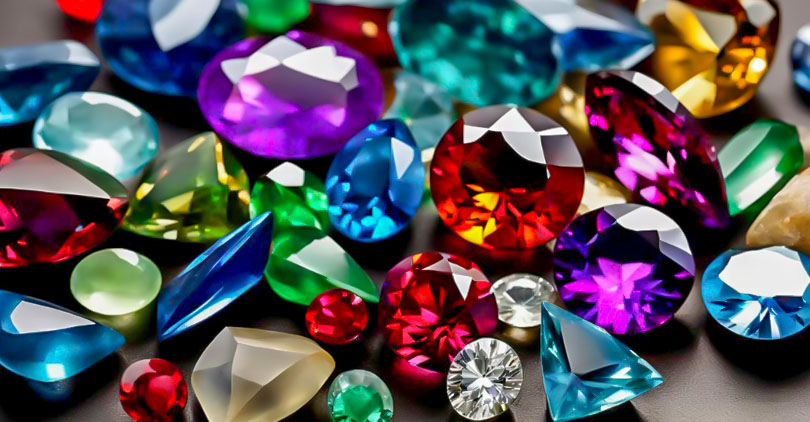
The durability of a gemstone is impacted by how hard it is. Diamond, with a hardness rating of 10 on the Mohs scale, is the hardest mineral and can withstand daily wear and tear – which is why diamond engagement rings are so popular.
Gemstones such as opal (5. 5-6.5) or pearl (2. 5-4.5) are much softer. They need to be worn occasionally rather than every day if you want them to last a long time and treated more carefully, too!
Personal Style
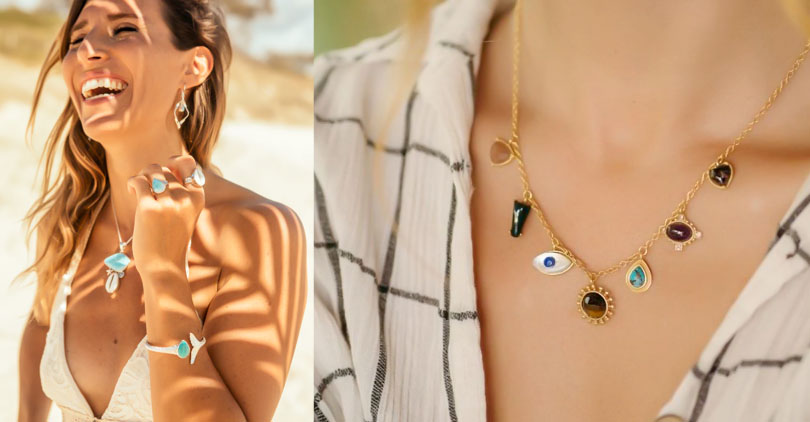
Your personality and style must be taken into account when selecting a gemstone. Diamonds and pearls are perfect for those who want something timeless and classic.
If you desire an item that will make heads turn, opt for tanzanite – it possesses a stunning blue-violet hue – or alexandrite, which can appear in different colors depending on the light source.
Budget

Consider your budget. Diamonds and rubies can be expensive, but there are more affordable options, too. Amethyst has beautiful purple hues, while aquamarine is known for its serene blue color – both elegant choices that won't break the bank.
Caring for Your Gemstones
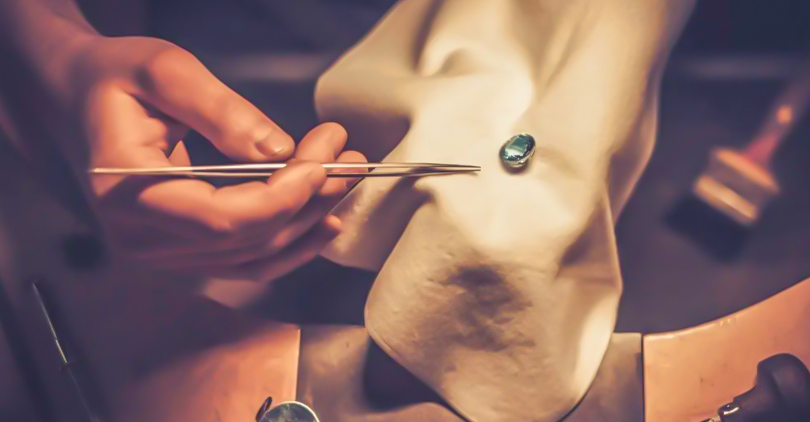
Gemstone jewelry holds emotional and financial value. To enjoy its beauty for generations, take good care of these precious pieces. Learn how to clean gemstone jewelry as well as the best way to store it so that it sparkles like new and is protected.
Gentle Cleansing
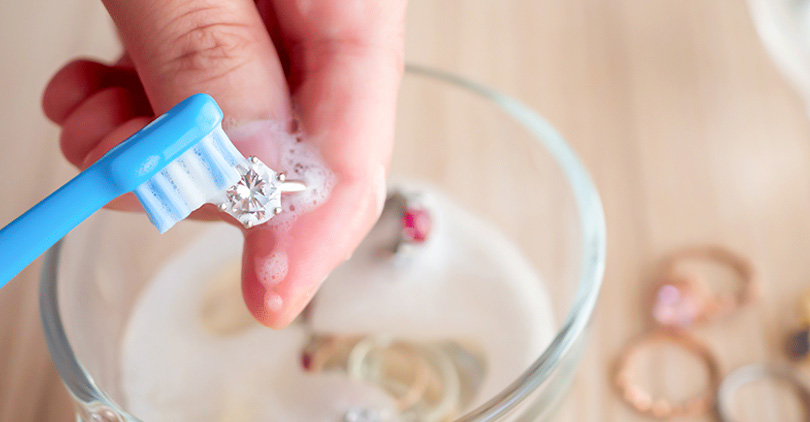
Regular cleaning is important for keeping your gemstones sparkling. For many types of gems, all you need is warm water and mild dish soap.
Gently scrub around the stone and set it with a soft brush. Stay away from anything abrasive or harsh chemicals that could damage the surface of the gem.
Example: To clean an engagement ring with sapphires in white gold (and diamonds!), let it soak for five minutes in warm, soapy water made with any mild dish soap. Then, use a soft toothbrush to get grime out from under the stones.
Specialized Care

Certain gemstones need specific attention. For instance, Pearls must be cleaned with a soft cloth and some water after every use to eliminate oils and sweat – but don't submerge them, as this can damage any silk used to string the pearls together.
Example: To keep your pearls looking their best, gently wipe them down with a damp cloth after wearing your necklace.
Individual Storage

To safeguard your gemstone jewelry from getting scratched or damaged, consider storing each piece separately. This can be done by keeping them in soft pouches, using jewelry boxes with individual compartments, or placing them in fabric-lined drawers.
Example: To prevent your diamond earrings from causing scratches on other items, store them in a separate pouch.
Climate Control
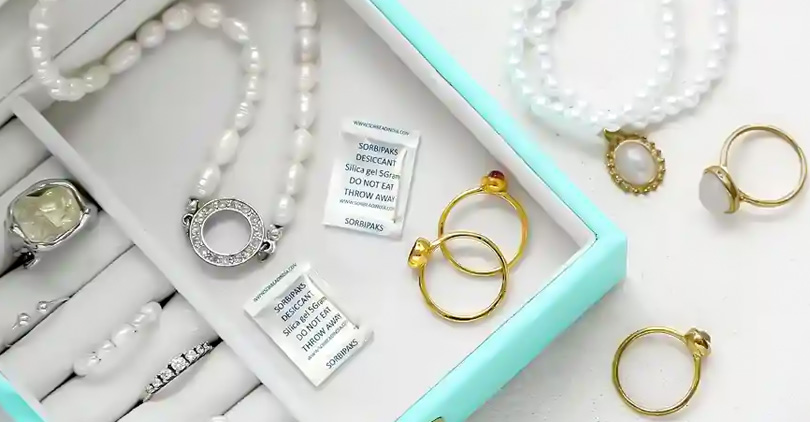
Keep gemstones away from very hot or cold conditions and damp environments. Instead, store them somewhere dry and cool – but not in direct sunlight.
Example: Pop your emerald bracelet into a jewelry box along with a silica gel packet or two to help keep moisture levels steady.
Conclusion
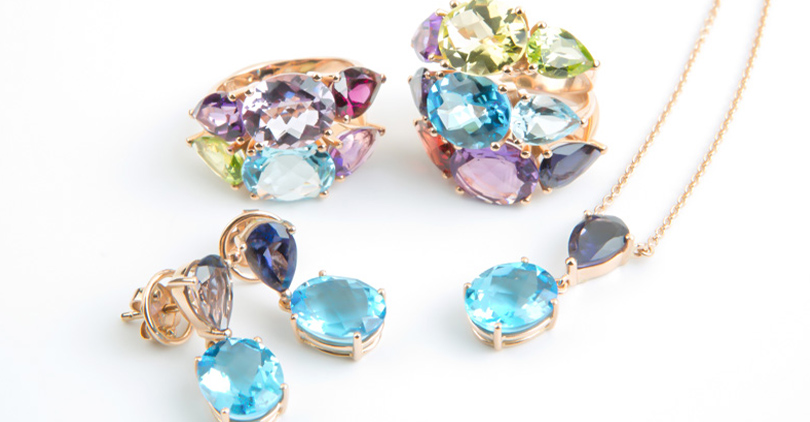
If you want to discover beauty and a story in equal measure, just take a glance at gemstones. Alongside classics such as diamonds – eternal brilliant beauties – sit lesser-known stones, including alexandrite and tanzanite, which have an enchantment all of their own.
Are you after a symbol of undying love? Or perhaps lots of vibrant colors? Maybe even something so rare it qualifies as a wonder of nature? Fear not: there is (at least) one gemstone out there for you.
And once you know about the kind that interests you – what makes it special, what it means, how to look after it – well then, whether wearing or gazing upon said jewelry, one feels both stylish and fascinating.
Allow these gems, therefore, to introduce some magic into your collection: Bon voyage!


Leave a Comment